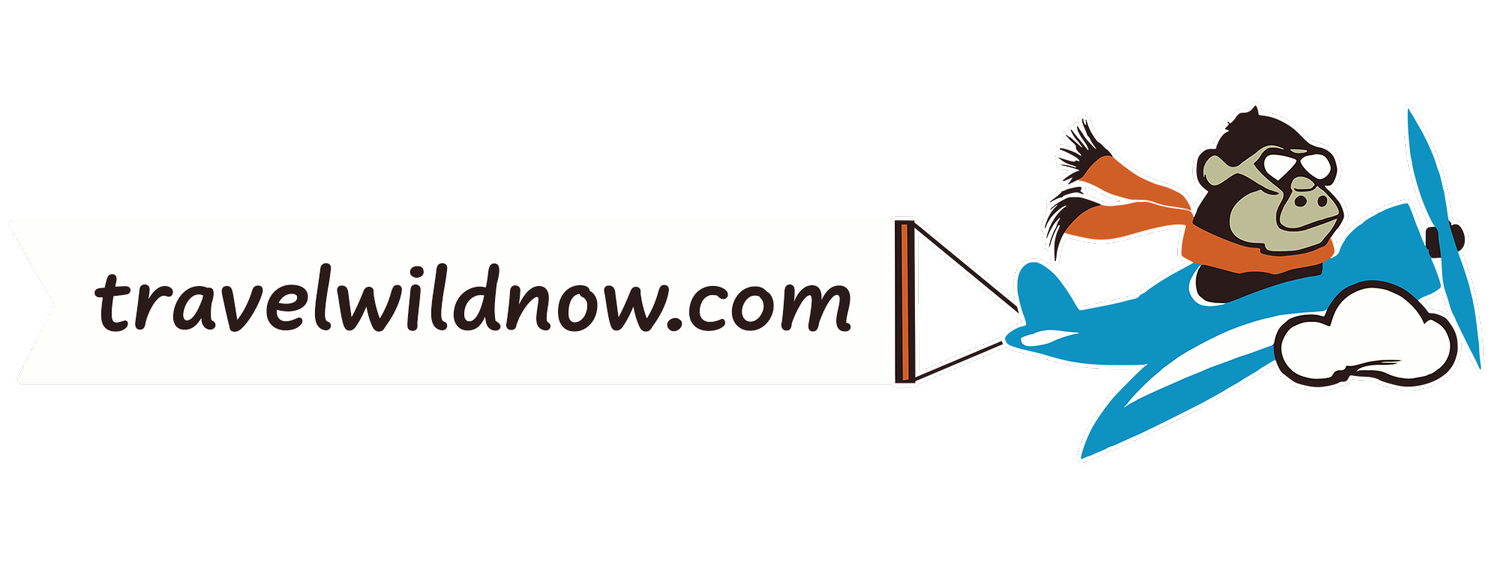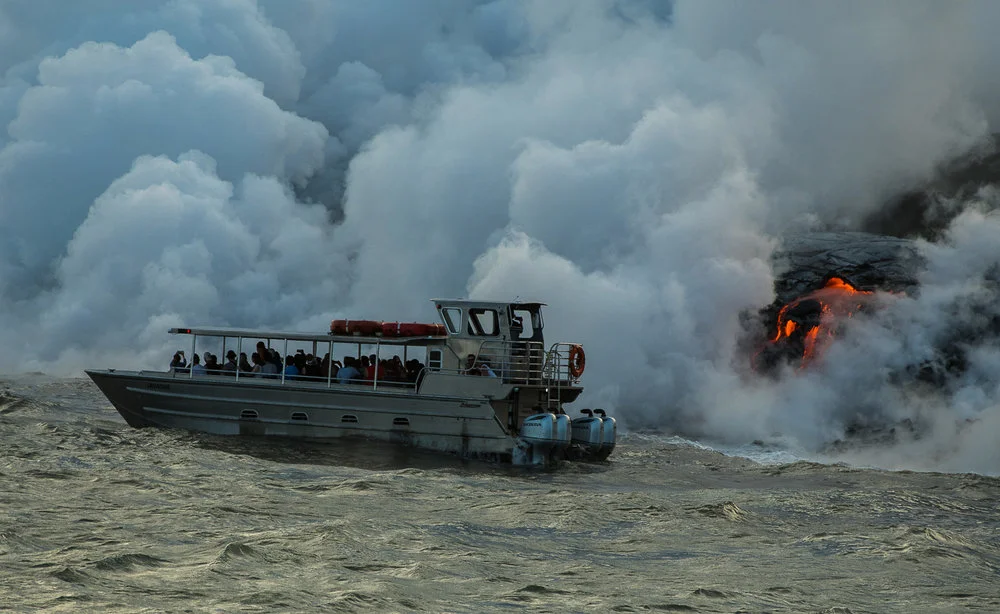BIG ISLAND 7 Days
This itinerary visits the Kohala Coast resort area, Mauna Kea Summit, Volcanoes National Park, Green Beach, Hawaii Botanical Gardens, Akaka Falls and Waipio Valley.
The Big Island is the largest island in the Hawaiian archipelago. Its diverse terrain spans colored-sand beaches at Papakolea (green) and Punalu’u (black) to lush rainforest. Hapuna Beach and Kahalu'u Beach Park are popular snorkeling sites. Within Volcanoes National Park, there are two (2) active volcanoes, Kilauea and Mauna Loa.
DAY 1
Arrive at Kona airport and transfer to your condo or hotel.
Renting a car offers the easiest and most convenient method for exploring the entire island.
Where to stay: Grand Welcome Vacations and Coldwell Reality are two (2) reputable vacation rental companies offering a range of options.
Visitors will stay either in Kona town or in resort filled Kohola coast.
Kona — has lots of condos, few hotels and no great beaches to speak of.
Kona has more reasonably priced restaurants and shops, and the convenience of town services.
Kohala coast — has more upscale hotels, resorts and condos and great beaches.
Visitors prefer to stay on the Kona side over Hilo due to its sunny weather and beachfront location.
The island is divided into two (2) sides:
Kona side:
Kohala Coast — located in the northwest section of the island and is 30 minutes north of Kona airport. The area is farther from north and east attractions like Hawaii Volcanoes National Park and has limited budget lodging.
The island’s best & most expensive resorts are found here. <Details>
The weather is drier, sunnier and warmer on the Kona side.
The town of Kona is the hub of tourism for the island. Here you will find major grocery stores, including Costco and Walmart. In addition, there are plenty of bars, restaurants & shops within walking distance.
Hilo side:
Here you will find the rainforest and the Volcano.
More natural beauty, flora-fauna and scenic routes.
A more traditional Hawaiian feel.
<Things to do> around Hilo.
<map>
The Big Island Revealed Guidebook - a “must get” travel guide. Best Seller!
Hawaii Forest & Trails - offers some excellent tours.
If you want to see the entire island, you should consider staying a couple of nights on the Hilo side, This suggestion makes it more convenient to visit the Volcano Park and the other windward side attractions.
It's~300 miles to drive a complete circle around the Big Island main road.
One-way car rental: Kona <—> Hilo generally is not significantly more expensive than returning to the same location.
One-way rental can save unnecessary driving time.
DAYS 2 - 5
DRIVING TIME:
Kona ---> Kohala resorts, 45 min.
Kona ---> Hawi, 1 hr. 15 min.
Kona airport --> Kohala resorts, 30 min.
Kohala resorts --> Green Beach, 1.5 hrs.
Kohala resorts --> Hilo, 1.5 hrs. via Saddle Road
Green Beach --> Punalu’u Beach (Black beach), 35 minutes.
Mauna Kea Summit Tour is a all-day tour.
Visit the summit of one of the most advanced and important astronomical research facilities in the world.
You ascend from sea level to 14,000 feet in about 2 hours, so altitude sickness is a high possibility. Therefore we advise the first stop should be the Visitor Center at a elevation of 9,000 feet (2743 m) for a short acclimation.
Note: You are NOT allowed inside any telescope facility.
Take a unique hike to Green Beach (Papakōlea Beach). An isolated green sand beach located near South Point.
Directions: On Hwy 11, between the 69 and 70-mile markers, turn onto South Point Road and continue for about eight (8) miles to the parking area. (GPS coordinate: 18.9361° N, 155.6465° W)
From the parking area, it is an easy 5-mile scenic flat walk out and back.
Caution: because there is no cover from the sun, it can get very warm. Bring plenty of water and sunscreen.
Locals run jeep rides to Green Beach for those visitors who do not want to hike the trail.
Driving distance to Green Beach:
from Kona: 1.5 hrs. one way.
from Hilo: 2 hrs. one way.
Read more (▼) on other Big Island hikes worth enjoying.
-
Aloha Kayak Company
Big Island Divers
Body Glove
Boss Frog
Fair Wind II & Hula Kai
Jack’s Diving Locker
Kamanu Charters
Ocean Encounters
Ocean Sports
Sea Paradise
Sea Quest
Snorkel Bob’s
Relax at the gorgeous beaches.
Kikaua beach - between Highway marker 86 & 87, is a protected cove and great with small children. Limited parking, get there early.
Kekaha Kai beach - between Highway marker 90 & 91, offers some shady areas at the back shore.
Parking Tip when accessing the resort/ hotel beaches:
All resort beaches on Hawaii have free public access, however they have a limited amount of parking spaces (about 30-50) for visitors that are NOT STAYING AT THE RESORT. The spaces fill up quickly.
If you want to go to any resort/hotel beach, you should get there before 9:30 am or late in the day around 4 pm or later.
Black beach (Punaluʻu Beach) - is a popular stop to view turtles that are often found on the beach. Visitors are prohibited from touching the turtles. Located on Hwy. 11, between mile marker 56 and 57.
Snorkel at Kealakekua Bay and Kahalu'u Beach Park.
Visit in the winter if you’re interested to see humpback whales – January to March are the best months.
Drive Saddle Road (Route 200) embracing the wild landscape. The terrain surrounding the road is made up of fields of lava.
Saddle Road provides the shortest driving route from Hilo to Kailua-Kona and access to the slopes of Mauna Loa and the Mauna Kea Observatories. <<Tours>>
Stop at a Coffee plantation. <list>
DRIVING TIME:
Distance from Volcano National Park:
— Kona: 2hr. 15 min. (110 miles)
— Kohala Coast: 2 hrs. (100 miles)
— Hilo: 1 hr. (45 miles)
DAY 6
Volcanoes National Park - “world class destination.”
Map of the park.
Drive the extraordinarily scenic Chain of Craters road. <map>
-It is 19 miles (31 km) to the end of the road (one way) with an elevation drop of 3,700 ft.
Best day hikes:
Kilauea Iki Trail: this trail starts in the rain forest on the crater's rim.
It skirts the rim of the crater, dips down and across the floor and back up to the overlook. It’s a 5-mile loop that takes 2-3 hrs to complete. Difficulty: mostly easy.
Mauna Ulu/Pu'u huluhulu: Distance: 2.5 miles round trip, Time: 2-3 hrs.
Trail begins: about 100 yards from the Mauna Ulu parking area.
Devastation Trail: Distance: 1-mile round trip. Time: 1 hr. Difficultly: easy.
Trail begins: at the Pu'u Pua'i OR at the Devastation Trail parking lot(s), both off of Crater Rim Drive.
Overnight: our favorite is Volcano House or choose an area lodge.
-
The Big Island of Hawaii is home to some of the most fascinating volcanoes in the world, making it a prime destination for visitors interested in volcanic landscapes. Here are the key volcanoes of interest:
1. Kīlauea (Most Active & Accessible)
Why Visit? One of the most active volcanoes on Earth, Kīlauea has been erupting intermittently for decades, shaping the island's landscape.
Where to See It? Hawai‘i Volcanoes National Park.
Halemaʻumaʻu Crater – A famous crater within the Kīlauea Caldera, sometimes containing a lava lake.
Recent Activity: Check with the National Park Service for current eruptions or lava flows.
2. Mauna Loa (Largest Volcano on Earth)
Why Visit? The world’s largest volcano by volume, Mauna Loa covers about half of the Big Island.
Where to See It?
Mauna Loa Lookout (off Mauna Loa Road) – A scenic drive leading to an elevation of 6,662 feet.
Hiking to the Summit (Mokuʻāweoweo Crater) – A challenging trek with breathtaking views.
View from Kona & Hilo – The massive shield volcano dominates the island’s skyline.
Last Eruption: November–December 2022.
3. Mauna Kea (Tallest Mountain in the World from Base)
Why Visit? A dormant volcano and one of the best places on Earth for stargazing.
Where to See It?
Mauna Kea Summit – Accessible via 4WD (or guided tours), offering breathtaking views at 13,803 feet.
Mauna Kea Visitor Information Station – At 9,200 feet, a great spot for sunset and stargazing without going all the way to the summit.
Bonus: Home to world-class observatories.
4. Hualālai (Lesser-Known but Important)
Why Visit? The third-youngest and third-most-active volcano on the island, last erupting in 1801.
Where to See It?
Puʻu Waʻawaʻa Cinder Cone Trail – A great hiking spot for views of Hualālai and Mauna Loa.
Kona Coffee Farms – Grown on the volcanic slopes of Hualālai.
-
Volcano Notices Search: Find specific volcano updates by notice type, observatory, volcano, or date range.
DAY 7
Explore the windward side. In Hawaii, the term "windward" is used to describe the side of the islands that is exposed to the prevailing winds. The windward side of the islands tends to receive more wind, clouds & rainfall.
Visit Hawaiian Botanical Gardens - located about 7-miles north of Hilo. The gardens showcase the diverse flora and natural beauty of the islands. <directions>
Akaka Falls State Park - The Akaka falls is 422 feet tall. The park is located 13 miles north from Hilo and a visit to this waterfall is worthwhile of any road trip crossing the Hamakua coast. <location>
Waipio Valley - often referred to as the "Valley of the Kings" due to its historical importance as the residence of Hawaiian chiefs and a significant site in Hawaiian mythology.
The valley is situated along the Hamakua Coast and worth the quick stop for a magnificent view from the overlook at the top of the valley. However, exploring the valley itself requires a more adventurous approach. A steep road suitable for hikers (cars NOT allowed) leads down into the valley from a lookout point, located on the top of the southern end of the valley.
Directions: Take Route 240 from Hwy. 19 to the end of road. (GPS coordinate: 20.1140° N, 155.5928° W)
Overnight: Kona or Hilo depending which airport your flight is scheduled to depart.
DAY 8
Depart from Kona or Hilo for your return home or hop to another Hawaiian Island.
Average cost:
(EXCLUDING AIR FARE)
$$$ USD for two (2) people
Budget: $2,600
Moderate: $3,400
Luxury: $4,500 +
Climate Guide:
In general, the temperatures are high...80's during the day, 60's at night.
Most rainfall (rainy season) is seen in December through February.
Big Island has dry periods from May through September.
The warmest months are June, July and August.
The coolest months are December through February.
In Hawaii you will hear the terms windward and leeward. Windward means facing the tradewinds resulting in a wetter climate, whereas the term leeward faces away from the wind, sheltered from prevailing winds by the mountains resulting in a sunnier, drier climate.
In general, the rainfall is greater in the windward side of the islands.
The rainy season does NOT impose a real issue to visit the Hawaiian Islands.
source: Wikipedia.org, bossfrog.com, nps.gov, us-hawaii-guide.comNo copyright infringement is intended on this website by travelwildnow.com 













